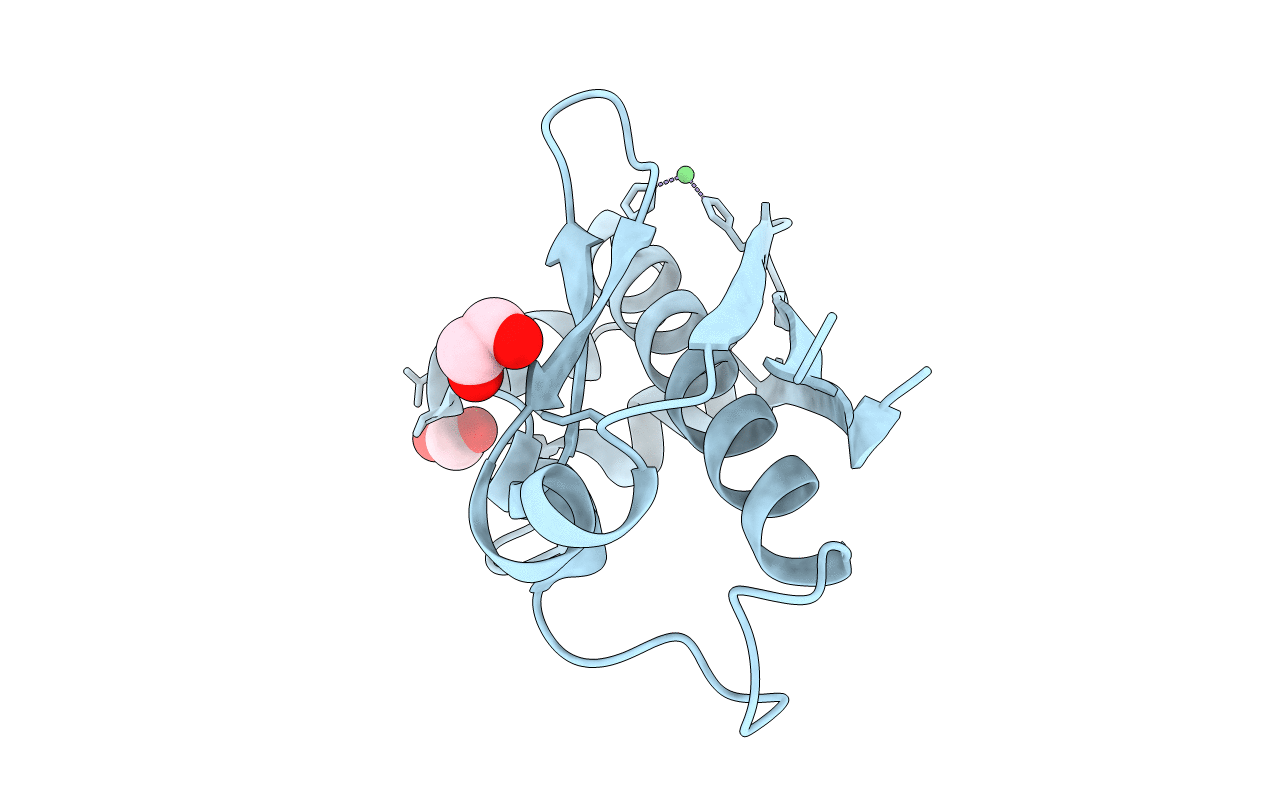
Deposition Date
2021-11-29
Release Date
2022-06-29
Last Version Date
2023-11-29
Entry Detail
PDB ID:
7W58
Keywords:
Title:
Crystal structure of acyl-carrier protein synthase from Mycobacterium smegmatis
Biological Source:
Source Organism:
Mycolicibacterium smegmatis (Taxon ID: 1772)
Host Organism:
Method Details:
Experimental Method:
Resolution:
2.27 Å
R-Value Free:
0.20
R-Value Work:
0.16
R-Value Observed:
0.16
Space Group:
H 3


